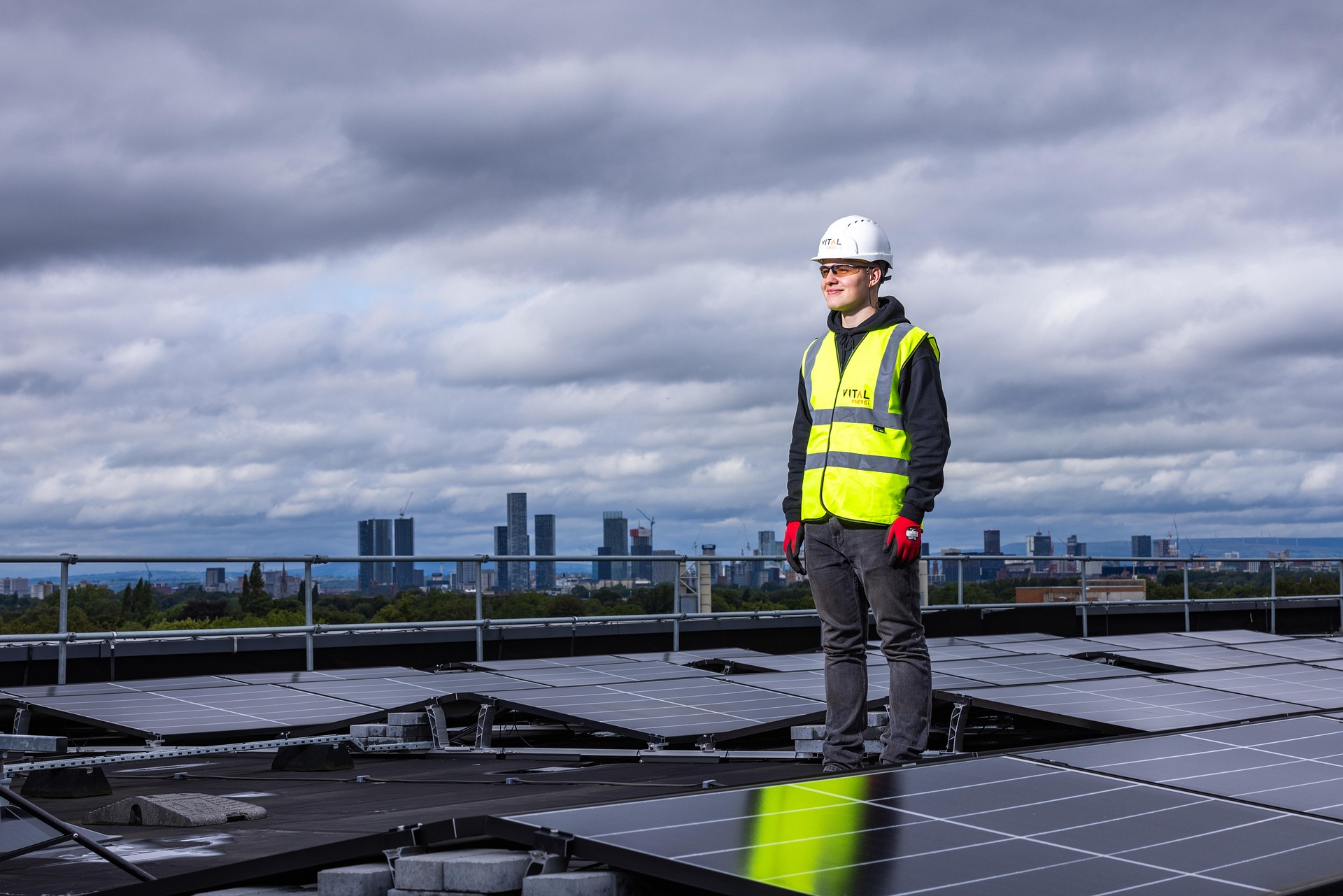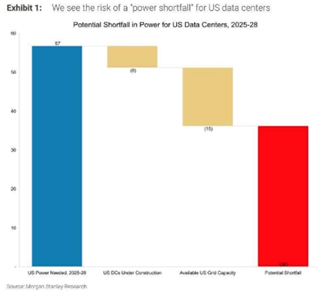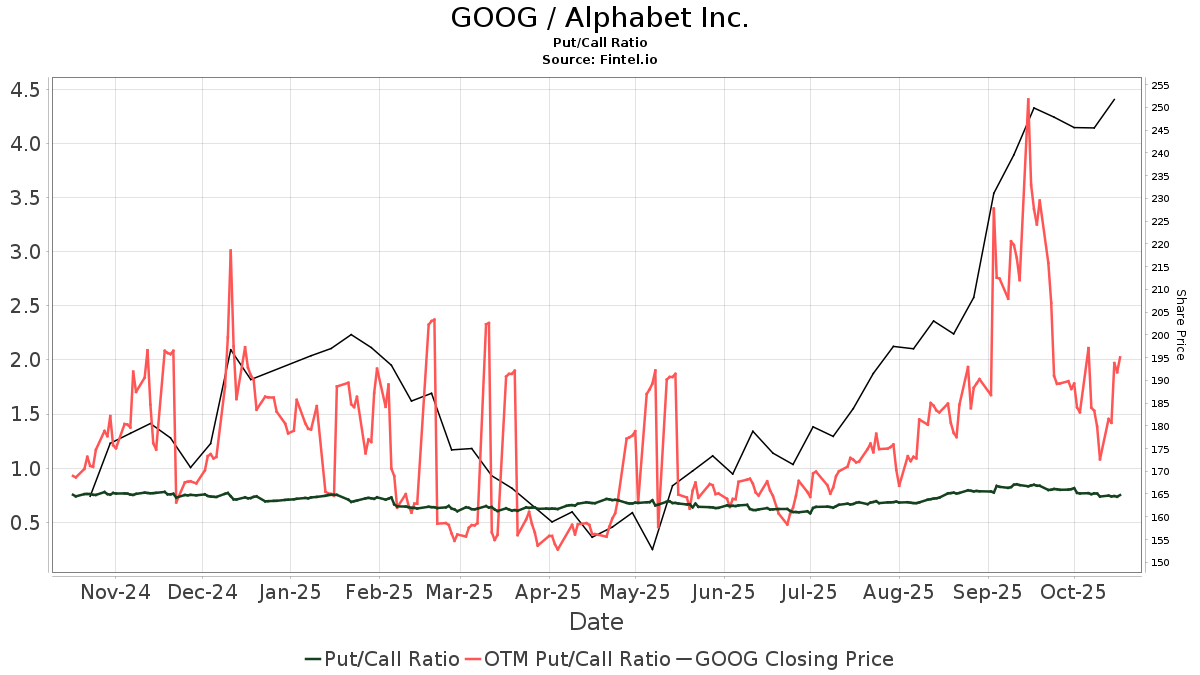First Solar: Evaluating Risks and Opportunities in a Shifting Market
Due to an earnings miss and changing U.S. government policies, First Solar (NASDAQ:FSLR) has seen its stock price decline significantly, raising interest among value investors. The company experienced growth exceeding 26% over the past year and boasts over 30% operating and net margins, along with a remarkably low debt-to-equity ratio of approximately 0.05. Additionally, its operational cash flow margin stands close to 30%. Yet, despite these solid fundamentals, the stock trades at a price-to-earnings (PE) ratio slightly above 10, presenting an intriguing value proposition.
Market sentiment can often overshadow fundamentals. When investors fear future prospects, even strong stocks can face sharp declines. To mitigate stock-specific risks while still capturing potential upside, consider examining the High-Quality portfolio, which has outperformed the S&P 500 and achieved returns exceeding 91% since its inception.

Image by This_is_Engineering from Pixabay
Investor Concerns Amid Policy Changes
First Solar has provided operating income guidance for fiscal year 2025 between $1.95 billion and $2.30 billion, largely due to expected benefits from the Inflation Reduction Act (IRA). Specifically, production credits are anticipated to contribute around $1.65 billion to $1.7 billion to this projection. This situation underscores the significant impact of government subsidies on First Solar’s financial health, particularly given the current administration’s inclination to relax climate regulations and support the fossil fuel sector.
In addition to regulatory uncertainties, First Solar is grappling with competition from Chinese firms. While the company reported strong operational cash flow—over $1.2 billion in the last year—its capital expenditures exceeded $1.5 billion, resulting in negative free cash flow. This high fixed investment in light of policy uncertainty poses additional challenges.
Identifying the Value Opportunity
Despite these headwinds, several factors suggest that First Solar could emerge as a compelling long-term value investment:
- FSLR’s fundamentals are superior to several peers, such as Enphase Energy (NASDAQ:ENPH), Sunrun (NASDAQ:RUN), and Solaredge Technologies (NASDAQ:SEDG).
- The company boasts the highest three-year average growth rate of over 14%.
- FSLR has the highest operating margin at 33% within its sector.
- In comparison to Enphase Energy, First Solar is undervalued, with a PE ratio just over 10 and price-to-sales ratio of 3.2, compared to 80 and 6.2 for Enphase.
- While capital expenditures are high, First Solar maintains low leverage, with less than $1 billion in debt versus a market cap nearing $14 billion, primarily funding its capex using cash flows.
- The company is strategically positioned against tariff implications; its domestic production and supply chain minimize disruption risks and may provide a competitive edge under the current U.S. administration’s favorable stance towards local producers.
Regulatory risks are part of the broader risk assessment that we consider when building the Trefis High-Quality Portfolio, which consists of 30 stocks and has shown a strong track record of outperforming the S&P 500 over the past four years. Why does this occur? Overall, stocks in the HQ Portfolio have yielded superior returns with reduced risk, leading to less volatility compared to the benchmark index, as reflected in the performance metrics of the HQ Portfolio.
The views and opinions expressed herein are the views and opinions of the author and do not necessarily reflect those of Nasdaq, Inc.





